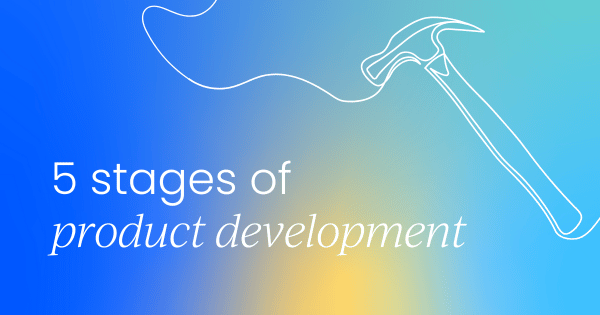What is product development?
The product development process is the step-by-step journey of turning a great idea into something real and ready for market.
It typically covers five key phases: coming up with the concept, refining it through research and feedback, building a prototype, testing, and finally launching. Each stage helps shape a product that not only works, but actually solves a problem for your customers.
Product development is a dynamic process that involves collaboration among various teams, including product managers, designers, engineers, marketers, and stakeholders.
Through constant iteration, feedback, and refinement, product development aims to create solutions that address customer needs, fulfill market demands, and drive business growth.
The product development team
A solid product development team will be knowledgeable in three main spheres: business, technologies, and user experience.
These development teams play a pivotal role in creating and delivering new products to the market. Each team member contributes unique perspectives and competencies.
Your team may include:
- Product managers,
- Product Owners,
- UX designers,
- Product designers,
- Engineers,
- Product marketers, and
- Quality assurance (QA) testers.
Their collective efforts aim to align product development with customer needs, market demands, and business objectives, ensuring that the final product meets or exceeds expectations.
What are the five stages of product development?
This article will outline the five steps in the product management lifecycle process in terms of development.
Each phase aims to achieve a more streamlined production process that plays an essential part in defining, designing, building, testing, and delivering the product so it can live its best life.
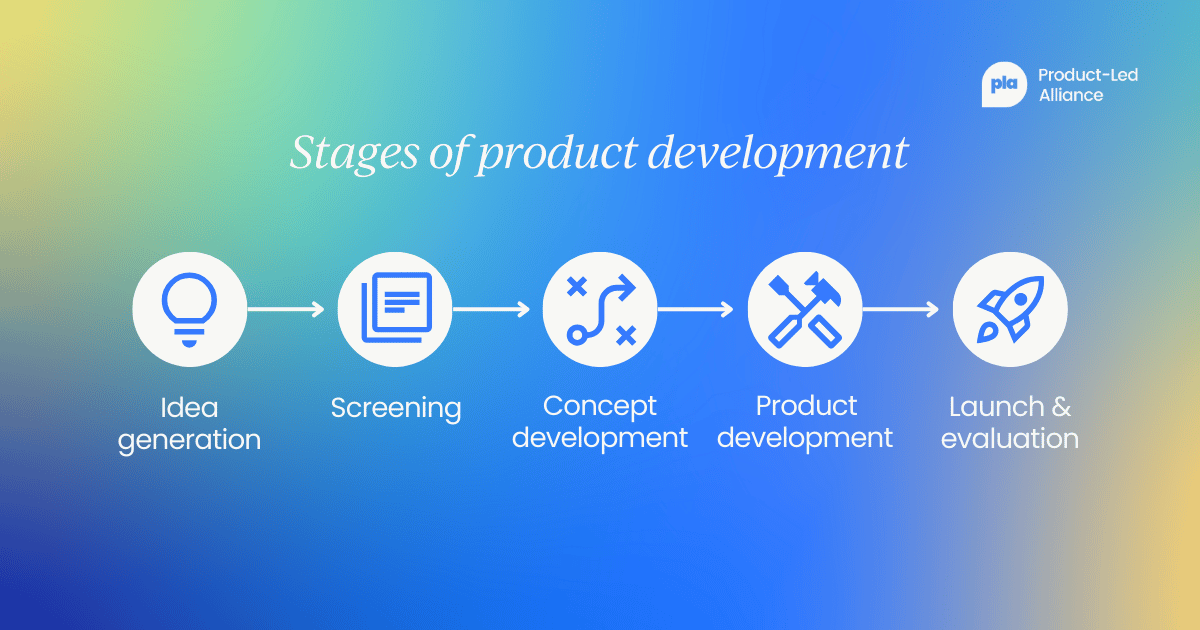
Stage one: Idea generation
The first step is crucial in guiding the overall process of product development and in laying the foundations for all other phases. It involves brainstorming, fleshing out a concept, and sharing innovative ideas.
A product development manager should actively analyze current trends and identify opportunities to develop a new successful product or improve an existing one by adding necessary features. While building something fundamentally ‘new’ can be creatively fulfilling, many of the best ideas result from integrating an existing product.
For example, although the vacuum cleaner had already been invented by the time James Dyson was on the scene, the Dyson bagless vacuum cleaner, with a centrifugal force that drew dust into a clear canister and allowed for maximum suction, was revolutionary.
It was the newfound capabilities it provided that allowed the vacuum to take off as well as it did. James Dyson's new direction in branching off of an existing product brought the entire company great success, with Dyson’s work being a classic example of how to incorporate timeless innovation in collaboration with new technology.
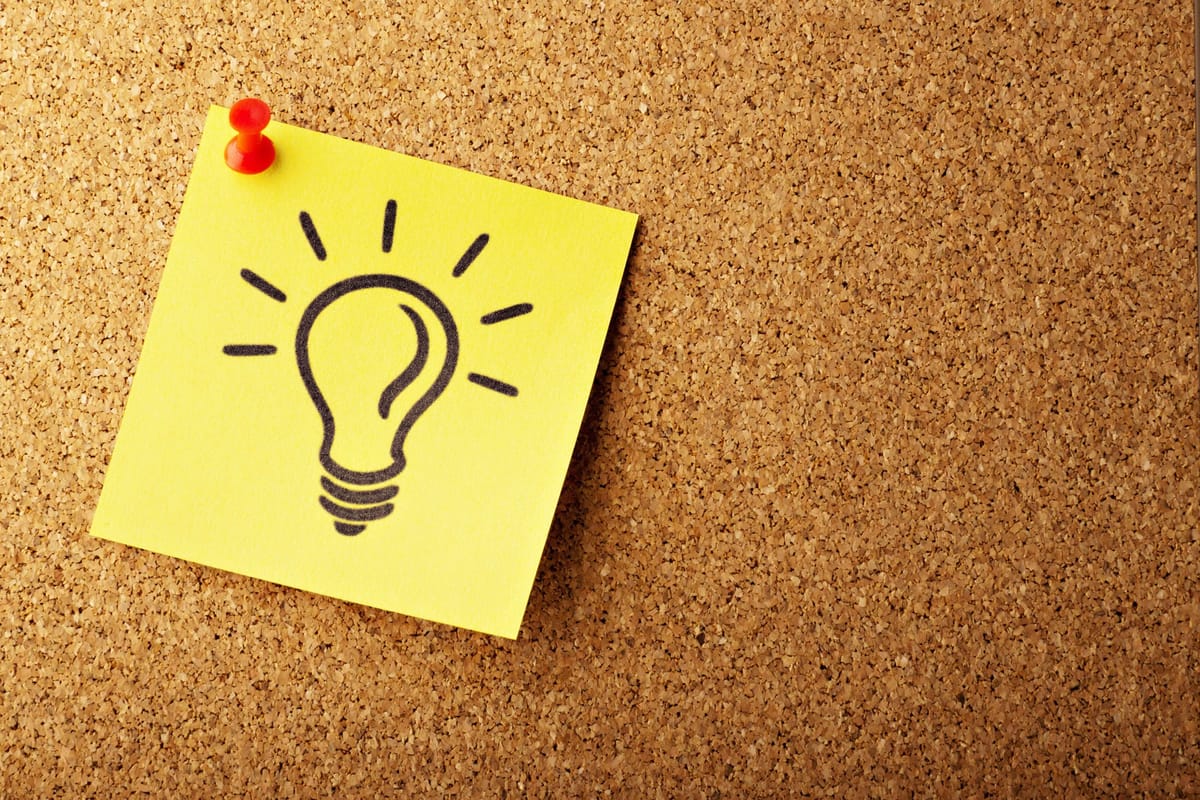
Stage two: Screening
The screening stage is designed to filter out the viable ideas from those originally generated.
Discouraging and ultimately eliminating the pursuit of costly, unfeasible ideas and unnecessary variation in workloads and work processes, which lead to distractions and delays.
Product managers play a crucial role in defining the long-term mission of a project and building a clear, realistic plan to reach the desired result at this stage.
Decisions made throughout the screening stage are greatly affected by external industry factors with analyzing competition, legislation, and changes in technology all having a major influence on the organization’s decision criteria.
Analyzing, testing and researching, and checking to see if someone doesn’t already have a patent on your exact product idea are all crucial to this process as a patent protects an idea for a specific invention for a certain period.
If you were to spend the money to manufacture and sell a product without checking for an existing patent, it could lead to expensive conflicts.

Stage three: Product concept development
Concept development involves the business conducting a SWOT analysis to identify strengths, weaknesses, opportunities, and threats to a potential gap in the existing market.
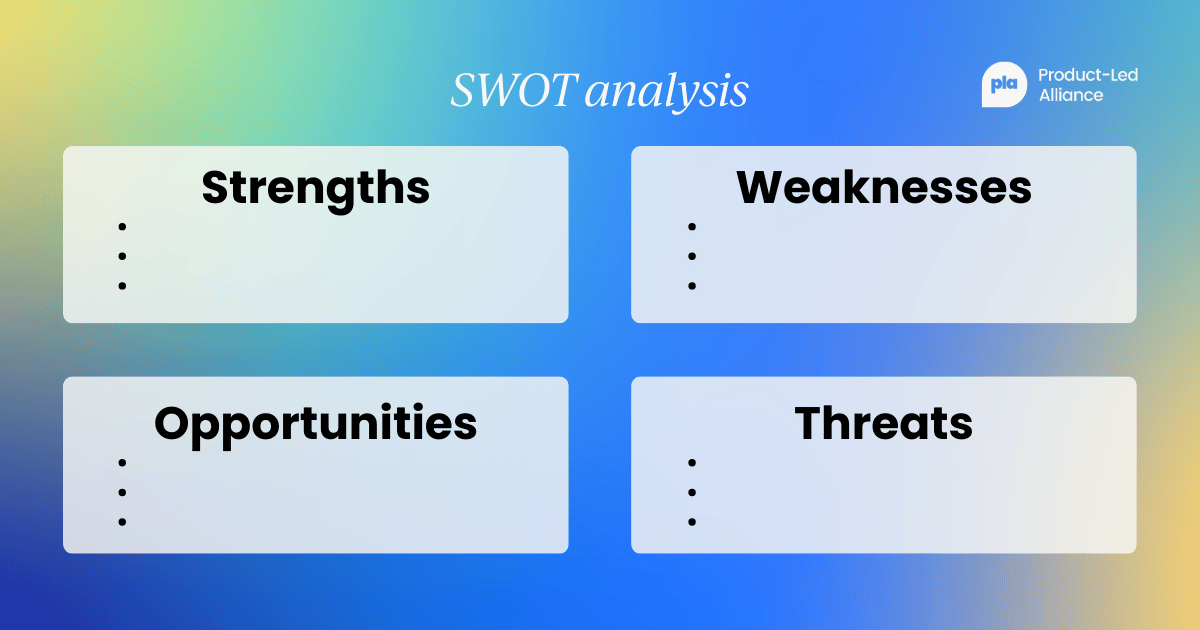
Undertaking research and finding out potential costs, revenues, and profits arising from the product all come under stage three.
This phase is, arguably, the most critical stage of the entire development process. After all, keeping the target audience at the forefront throughout the entire process is crucial.
At this stage, the product manager needs to ensure that all team members work harmoniously to achieve the main goal by clearly communicating the requirements to the development team and organizing the development process in the most efficient yet effective way.
A focus group should have the opportunity to review a sample of the new product, proposed advertisements, and key product features and the thoughts and opinions of this target group should be taken into consideration with high regard, as having customers buy your products or services is the ultimate goal.
Truly, the importance of gaining feedback from a substantial and unbiased audience for product validation cannot be stressed enough. Posing questions to the focus group would be an insightful way of determining how likely it is that members are to buy the product.
Stage four: Product development
Step four entails the actual design and building of the product. Product development commences with the building of a prototype, which facilitates market testing. In other words, bringing the product to life by creating an MVP to use as a sample for a successful launch.
The results of testing and prototyping will make it clear whether the idea should be pursued further and whether large-scale production will be necessary.
Unfortunately, it is unlikely you’ll produce a finished product in a single attempt—prototyping usually involves experimenting with several versions of your product, slowly eliminating options, and making improvements until you feel satisfied with a final sample.
James Dyson, for instance, is fanatical about product ideation and development, famously working on 5,127 prototypes before launching the first vacuum model (which is patented). In an interview by Fast Company in May 2007, Dyson asserted the importance of failure in one's life:
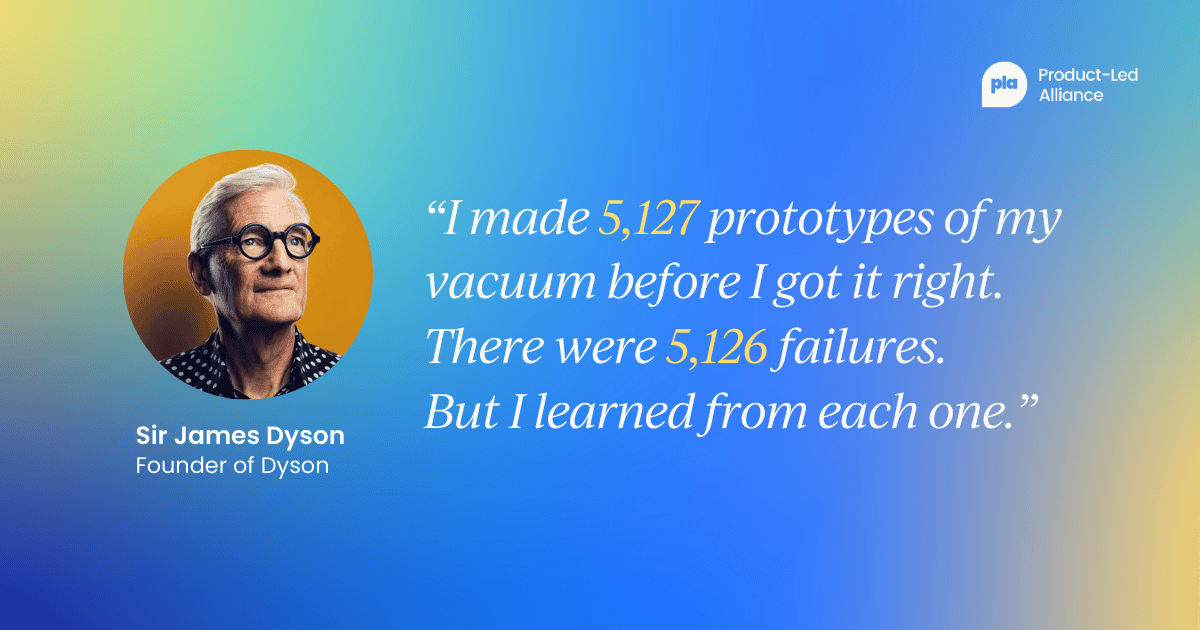
This rigorous process not only made the product incredibly hard to copy but also shows in a much broader sense how even one of the greatest engineers of this generation battled failure many times.
Yet, today his work has become inspiring to many, something which is often sought after yet rarely achieved.
Although many product developers seek to cultivate a culture of innovation to the grand level of James Dyson’s foundation, many often lose the ability to distance themselves from the financial side of making money from the product(s) that they are selling.
Despite its stressful and, at times, emotionally draining moments, product development should be an enjoyable process that nurtures creativity and encourages the next generation of PMs.
It’s only once the product manager has made the final decision on what the end product should be like that the entire process can move forward in its development and, ultimately, be launched.

Stage five: Commercialization and rollout
The final phase of the new-product development process sometimes offers a price discount during a product launch, providing potential customers with the incentive to buy the product.
If a product is sold at a reasonably discounted price, it is more likely to be spoken of by ‘word of mouth’ and engage focuses on commercializing the new product. This phase includes test marketing, launch, and evaluation.
This final phase is significant in the delivery of the overall project, with the market research conducted during the conception stage greatly influencing the timing and location of the product launch.
It's common, in many cases, for a product development team to hand over the reins to the marketing team for a product launch, with a promotion campaign for the new product being a vital part of getting the product out there and into the world.
Test marketing
Product managers often collaborate with product marketing managers at this stage due to marketing being one of the major contributing factors to a product’s success.
Marketing involves researching, observing current industry trends, collecting and analyzing customer feedback, defining pricing, and developing a marketing strategy.
The goal of test marketing is to improve the success of the product launch. The marketer will usually launch the marketing plan to a smaller subset of the market to quickly analyze how the plan can be improved and refined before being launched to the full market.
Test marketing provides a wonderful opportunity to get feedback from buyers in a realistic buying situation in which they experience the full marketing mix - but it’s a challenge to do it right.
Due to:
- The expertise needed to conduct test markets.
- Challenges when it comes to the duration of testing.
- Selecting the test market.
- Associated expenses of these trials.
Many large organizations employ independent marketing research agencies that specialize in test marketing.
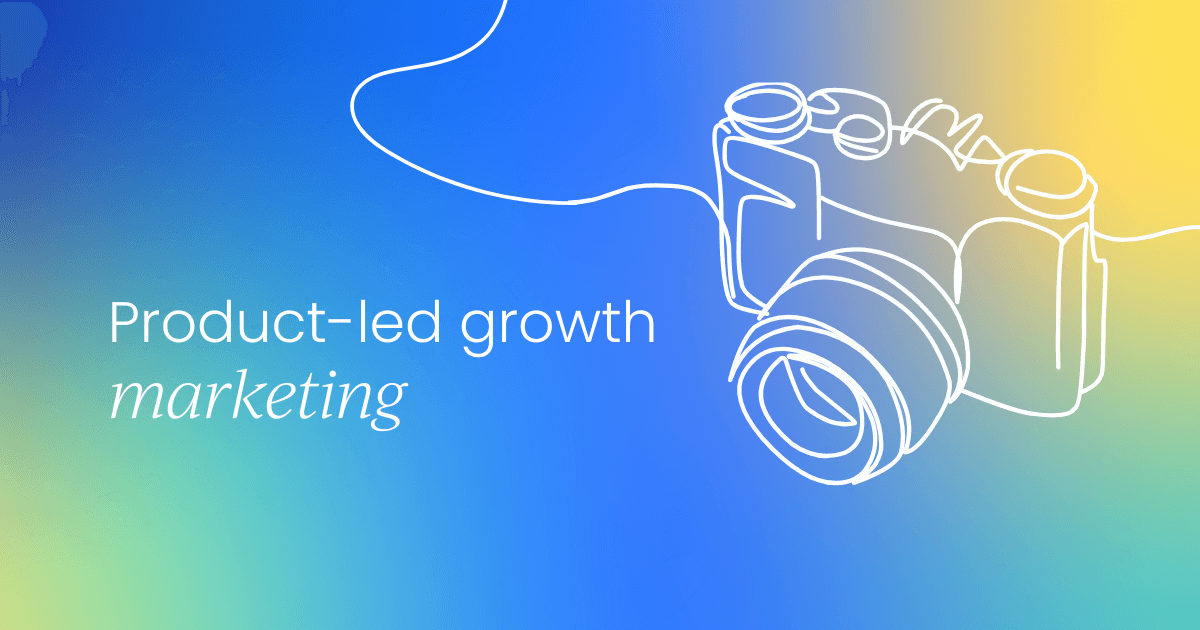
Press strategies
Often companies issue press releases about new products to increase visibility through earned media. The press release can be sent to targeted press outlets, posted on the company website, sent as an information message to customers, and distributed to industry influencers.
The goal of the press strategy is to build broad visibility for the product, backed up by the credibility of the media outlet.
Price discounts and channel partner incentives
Companies sometimes offer a price discount during a product launch, providing potential customers with the incentive to buy the product. If a product is sold at a reasonably discounted price, it is more likely to be spoken of by ‘word of mouth’ and engage a larger community of people in the long run.
Similarly, if the company depends on a partner to sell or distribute the pricing, it might choose to offer pricing discounts and incentives to the distribution partner.
However, a completely new product or concept can carry some risk, and an incentive at launch can encourage channel partners that might be reluctant to sell it aggressively.
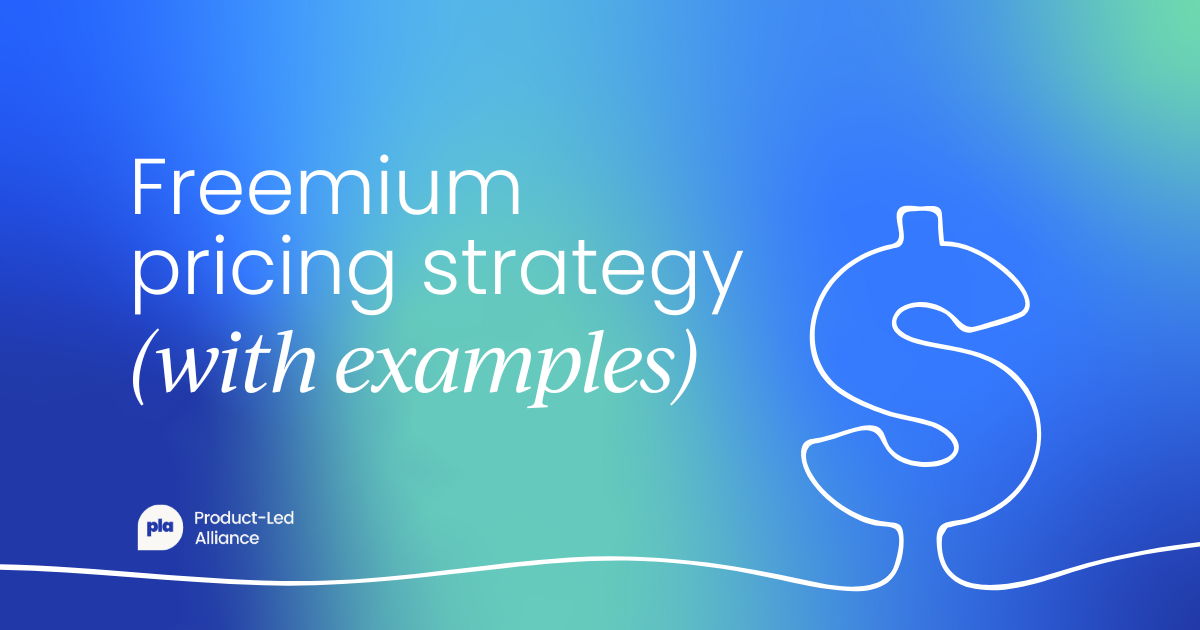
Evaluation
Although product evaluation should be a recurring activity that should be undertaken by the product manager throughout the entire process, from as early as the idea-screening stage, objective evaluation of the product at every stage leads to better investment decisions and better products.
The difference in this final stage of the process is that the marketer has the benefit of significant market data for the evaluation, which can help improve the marketing plan going forward.
It's only at this stage - after the product launch - that the product manager can see which buyers purchase the product, how competitors respond, and, in some cases, how the new product interacts with other internal and competitor products in the marketplace.
Top tools for product development
Having the right tools in your stack can streamline every stage of the product development process. Below are some of the most widely used tools by product teams, with a quick look at what each brings to the table.
- Productboard – A product management platform designed for prioritizing features, capturing customer feedback, and building product roadmaps. Ideal for aligning product strategy with real user needs during the ideation and concept development phases.
- Jira – A project management and issue-tracking tool favored by engineering and Agile teams. Essential for sprint planning, backlog grooming, and ensuring smooth handoffs between development and QA stages.
- Figma – A collaborative design and prototyping tool used for wireframes, UI mockups, and interactive prototypes. Figma helps cross-functional teams collaborate in real time, making it especially useful during the design and early MVP testing phases.
- Trello – A flexible, visual project management tool using drag-and-drop boards. Trello is a great lightweight option for managing tasks, tracking early-stage ideas, or coordinating team workflows.
Tip: Many product teams combine these tools to streamline the product development process. Choose what works best for your team and workflow.

The ultimate objective
The ultimate objective of these five critical stages in product development is to provide a way of cultivating, maintaining, and increasing a company’s market share by satisfying consumer demand.
Product managers should create or develop products of the best possible quality. Aiming to provide maximum satisfaction to users should go hand in hand with this to achieve a sense of stability in an ever-evolving global market.
Frequently asked questions (FAQs)
❓What is the product development process?
The product development process is the end-to-end journey of taking a product from initial idea through to market launch.
It typically involves stages like idea generation, concept validation, prototyping, testing, and commercialization. Each step is designed to refine the product and ensure it aligns with customer needs and business objectives.
❓ Why is product development important?
Product development is crucial because it drives innovation, meets evolving customer demands, and gives companies a competitive edge. A well-executed product development process helps organizations deliver meaningful solutions, grow market share, and achieve long-term sustainability.
❓ What is the first step in product development?
The first step in product development is idea generation. This is where teams brainstorm new product concepts, identify customer pain points, and explore opportunities in the market. It’s all about getting creative, spotting gaps, and laying the foundation for what could become a successful product.
❓ What are the five stages of product development?
The five key stages are:
- Idea generation – Brainstorming and concept creation
- Screening – Evaluating feasibility and potential risks
- Concept development – Validating the idea with research and SWOT analysis
- Product development – Prototyping and building a minimum viable product (MVP)
- Commercialization & rollout – Launch, marketing, and post-launch evaluation
Each stage plays a critical role in shaping a successful product journey.
❓ What is an MVP in product development?
An MVP, or minimum viable product, is a basic version of a product that includes only the essential features needed to solve a problem and gather user feedback. It’s a way for teams to test assumptions quickly, reduce development time, and iterate based on real customer input.
❓ How do product teams validate new ideas?
Validation happens through a mix of customer feedback, market research, competitor analysis, and testing prototypes. Tools like focus groups, surveys, and test marketing are commonly used to ensure that the product resonates with its intended audience before a full-scale launch.
❓ How long does product development take?
The length of the product development process can vary widely depending on the complexity of the product, team resources, and testing needs. For some products, it might take a few months; for others, especially in regulated industries, it could take years.
On average, many teams aim for a development timeline of 6 to 18 months, from initial concept to launch.



 Follow us on LinkedIn
Follow us on LinkedIn







